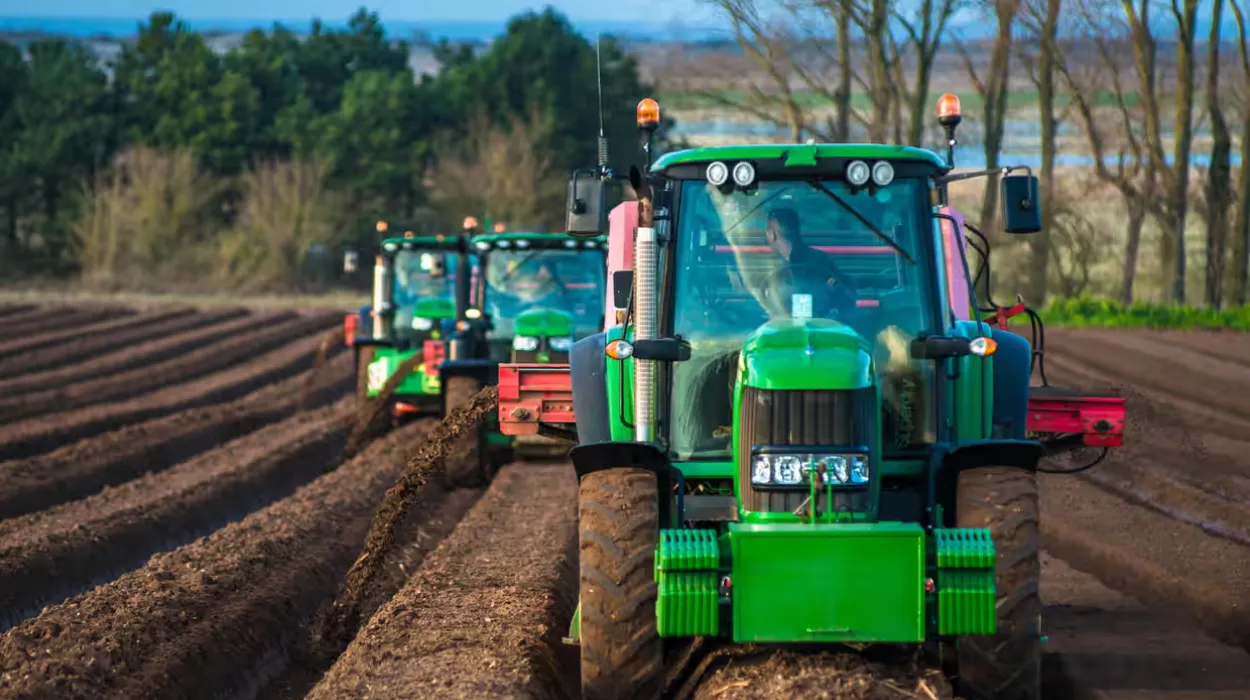UK (Parliament Politics Magazine) – UK to slash nature-friendly farming fund post-2026, restricting aid to small farms only, raising fears over future biodiversity and conservation efforts.
As reported by The Guardian, the upcoming UK spending review proposes deep reductions to the nature-friendly farming budget, restricting eligibility to small farms only.
What did Defra sources say about the upcoming cuts to the post-Brexit farming fund?
The Department for Environment, Food and Rural Affairs insiders revealed the post-Brexit farming subsidy faces major reductions in the upcoming June 11 budget review. This will be among broad cuts across departments, with police, social housing, and environment funding bearing the greatest impact.
The department is allocating funds to locations identified as prime for nature conservation, including upland regions, offering payments to farmers who avoid cultivating peatland. Officials confirmed the initiative targets “small farms,” excluding wealthier landowners and preventing larger farms from receiving nature-friendly farming support.
How will cuts to nature-friendly farming funds affect UK farmers after 2026?
Labour’s £5bn pledge for nature-friendly farming, allocated for 2024–2026, remains in place. However, beyond 2026, the fund faces steep cuts, with access restricted to a limited number of farms.
The nature-friendly farming fund, which replaced the EU’s subsidy scheme, aims to shift agricultural priorities. It pays land managers based on the size of the land they manage, encouraging the protection of nature, soil, and public goods.
What did Craig Bennett say about mixing nature and farming funds?
Craig Bennett, CEO of the Wildlife Trusts, criticised plans to combine nature and farming recovery budgets.
He said,
“I think it’s dangerous to mix up those pots, we need decent funding for farmers to do nature recovery and you need decent funding for nature recovery in the wider countryside. If we start merging those together I don’t see how we are going to make any progress on our domestic and international targets.”
Mr Bennett added,
“There are a lot of people very nervous about what’s going on –there are massive concerns about the planning bill, which is slashing protections for otters, dolphins and so many treasured species. There’s concern about cuts to funding for nature-friendly farming, there are rumours about the government pulling back on ambition from [biodiversity regulations for housebuilders] which would pull the rug from under the feet of private investors who are funding nature recovery.
He stated,
“All this together will be pretty devastating, and very hard to see how we will deliver on Labour’s general election promises to deliver nature recovery.”
What did the planning bill mean for UK nature protections?
Campaigning groups state the planning bill removes EU-based nature protections, leading to significant environmental loss.
Europe’s common agricultural policy is being revamped to offer payments that encourage nature conservation. Concerns are growing that British farms may need to increase production to survive, as post-Brexit subsidies are being fully withdrawn from landowners.
Officials say farming profits will rise during this period, with the new nature restoration fund created by the planning and infrastructure bill to attract private investment for nature-friendly farming.
How will proposed changes to biodiversity net gain rules affect housing development?
The Ministry of Housing and Local Government is reviewing biodiversity net gain rules, potentially easing developers’ requirements to provide green spaces in housing projects.
Under new proposals, developments of up to 49 homes could benefit from simpler rules. Currently, builders must provide a 10% increase in natural space on their sites.
Key points of planning and infrastructure bill
- Aims to build 1.5 million homes in England by the end of Parliament
- Fast-tracks 150 major infrastructure project decisions
- Streamlines approval for Nationally Significant Infrastructure Projects (NSIPs), including faster consultations and reduced legal challenges
- Prioritizes clean energy connections, and introduces bill discounts for communities near new transmission infrastructure
- Let local authorities set their fees, ring-fenced for planning services
- Simplifies land acquisition allows electronic notices, and removes “hope value” for affordable housing
- Introduces Spatial Development Strategies (SDS) for cross-boundary planning
- Establishes a Nature Restoration Fund, replacing project-specific environmental assessments with pooled developer contributions
- Expands powers for new towns and urban extensions
- Simplifies installation of electric vehicle charge points


